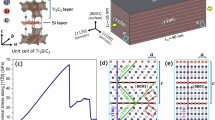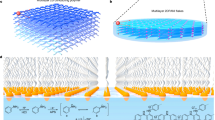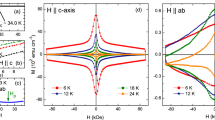Abstract
CAN any of your readers help me as to the original definition of the familiar term “pinacoid”? I suspect that it was introduced by C. F. Naumann about 1830; it was derived from πirαε;, a slab, and appears from the first to have included two parallel planes. Naumann, for instance (“Anfangsgriinde der Krystallographie,” 1841, p. 126), uses “basal pinacoid” for the pair of planes parallel to the two lateral crystallographic axes. But he restricts the use of pinacoid to the three possible pairs in a crystal that cut only one of the three axes, and (p. 19) defines a pinacoid as including “two parallel planes which are parallel either with the base or one of the other coordinate planes.”
This is a preview of subscription content, access via your institution
Access options
Subscribe to this journal
Receive 51 print issues and online access
$199.00 per year
only $3.90 per issue
Buy this article
- Purchase on SpringerLink
- Instant access to full article PDF
Prices may be subject to local taxes which are calculated during checkout
Similar content being viewed by others
Author information
Authors and Affiliations
Rights and permissions
About this article
Cite this article
COLE, G. The Use of the Term “Pinacoid” in Crystallography . Nature 95, 318 (1915). https://doi.org/10.1038/095318b0
Issue date:
DOI: https://doi.org/10.1038/095318b0



